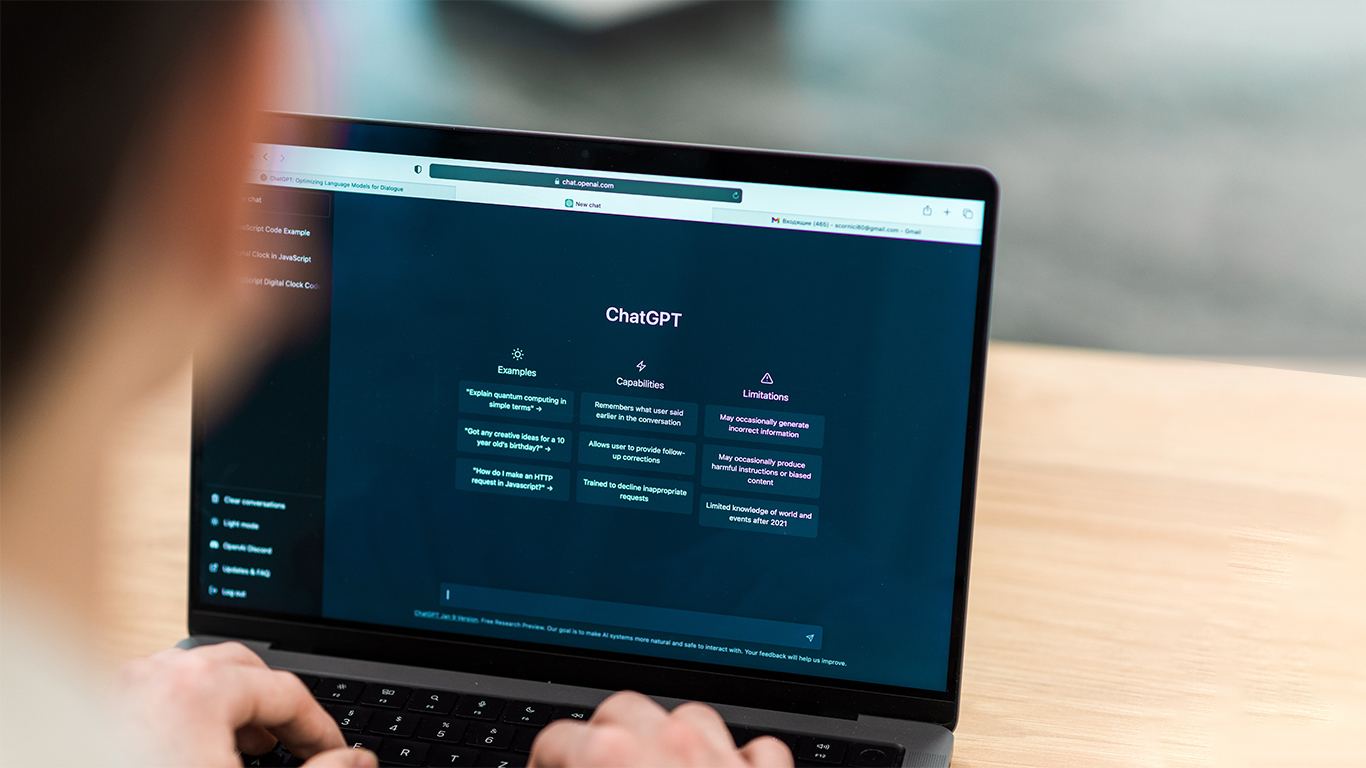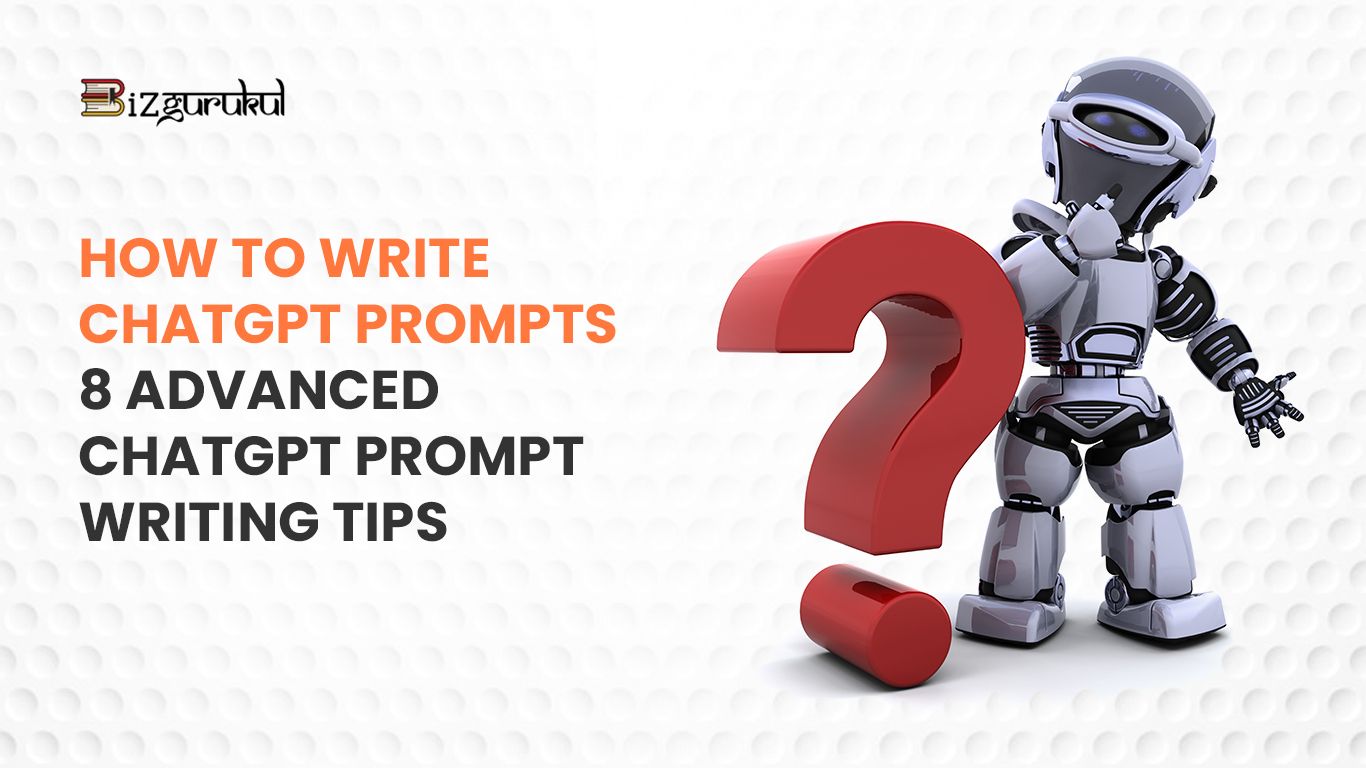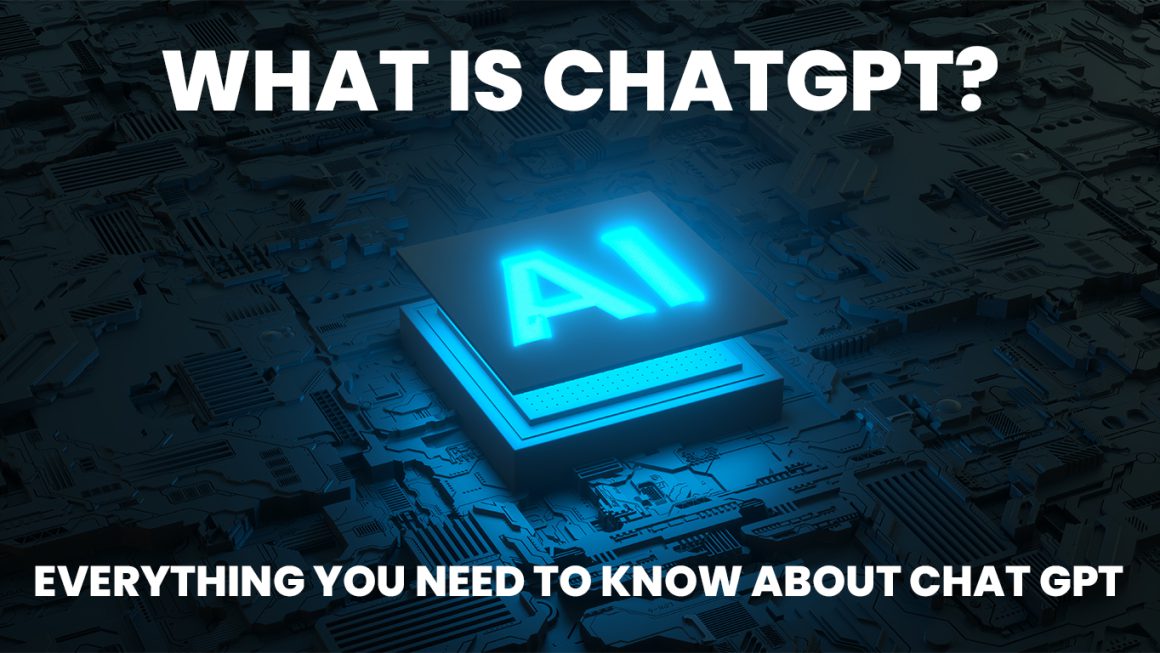Crafting ChatGPT prompts that are effective demands a careful balancing act between instruction, clarity, and engagement. A well-written prompt directs ChatGPT toward relevant and insightful answers by acting as a road map for the discussion. Take the topic, target audience, and intended result into account when crafting effective prompts. To build rapport, start with a kind hello and then convey the issue or inquiry. If required, give background information or context, and encourage open-ended answers to promote lively discussion. Keep in mind to edit and improve your prompts for coherence and clarity, and be willing to try new things and make adjustments as needed.

These ChatGPT prompts that are carefully crafted can stimulate meaningful dialogues and increase user engagement with the AI model:
Be Specific and Clear: When prompts are clear, ChatGPT can comprehend exactly what you’re requesting. Don’t be vague and speak clearly. Indicate what kind of response you’re looking for—an explanation, a creative story, a factual response, or something else entirely. Your prompt may not receive a meaningful response from ChatGPT if it is too vague.
- Provide Context: Context helps ChatGPT in comprehending the history, intent, and target audience of your request. Provide important details about the subject you are discussing, the audience (e.g., age, group, interests), and the expected result of the response. Giving context makes it possible for ChatGPT to produce responses that are more situation-specific and meaningful.
- Use Examples: ChatGPT is able to better understand the style, tone, and substance you’re searching for when it has tangible references to work from. You can give descriptions of the intended result, samples of related texts, or quotes from pertinent sources. Examples make your expectations more apparent and assist ChatGPT in understanding what you’re looking for in an answer.
- Ask Open-Ended Questions: These prompt ChatGPT to dig deeper and provide additional context, resulting in answers that are more complex and comprehensive. Rather than posing questions that have a simple answer (a “yes” or “no”), formulate your prompts so that ChatGPT is encouraged to share its thoughts, views, and original ideas. Deeper participation with ChatGPT is encouraged and more meaningful exchanges are sparked by open-ended questions.
For More Info Visit :- Click Here
- Break Down Complex Requests: Complex requests have the potential to confuse and overburden ChatGPT. ChatGPT can process the information more efficiently if you divide your request into smaller, more manageable pieces. Make sure ChatGPT is aware of the connections between the various request components by giving it specific instructions for each one. Complex requests can be simplified for ChatGPT to produce more logical and pertinent answers.
- Avoid Bias and Sensitive Topics: ChatGPT’s response generation may be impacted by bias and sensitivity, which could result in offensive or inappropriate content. Take care of how you speak, and refrain from including biases or assumptions in your prompts. Avoid touchy subjects that could cause controversy or intense emotional responses. To guarantee that ChatGPT generates relevant answers, make an effort to keep your prompts polite and neutral.
- Provide Feedback: For ChatGPT to grow and develop its responses over time, feedback is necessary. If ChatGPT’s response falls short of your expectations, please be precise in your remarks and point out any shortcomings or issues you had. Give specific feedback on what worked and what didn’t, along with recommendations for enhancements. Giving constructive criticism enables ChatGPT to improve its understanding and produce future responses that are more precise and relevant.
- Experiment and Iterate: Developing your prompt-writing abilities and maximizing your ChatGPT interactions require trial and error. Experiment with various strategies, questions, and formats to determine what suits your needs the best. Keep tabs on the outcomes and watch how ChatGPT reacts to various requests. Over time, improve your prompts and techniques based on your observations to get better results.
By paying attention to these aspects of prompt writing, you can effectively communicate with chatGPT and elicit more relevant and meaningful responses.




